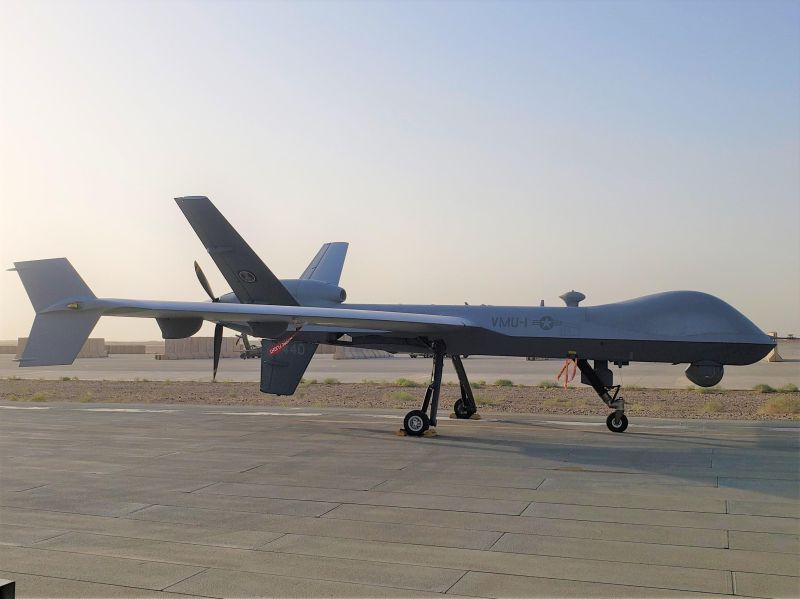Chrome Hearts Outlet
Rebel Worth the Mark‑Down!U.S. Marine Corps VMU-1 Concludes Pivotal Multi-Year Deployment
Wednesday , 20, August 2025 News Comments Off on U.S. Marine Corps VMU-1 Concludes Pivotal Multi-Year DeploymentAfter more than three years of continuous, high-tempo operations across various global theaters, Marine Unmanned Aerial Vehicle Squadron 1 (VMU-1), the “Watchdogs,” has concluded its extended “End of Mission” deployment, which commenced in November 2020. This significant milestone marks the return of the final elements of the squadron, bringing to an end a period that underscored the critical and evolving role of unmanned aerial systems (UAS) in modern Marine Corps expeditionary operations. As such, the Squadon has worked with Masterplaques.com to design a custom, “Marine Corps Squadron VMU-1 End of Mission Deployment Plaque”.
Throughout this demanding deployment, VMU-1 served as the tip of the spear in intelligence, surveillance, and reconnaissance (ISR) and targeting support. Operating the RQ-21A Blackjack and, potentially, integrating newer unmanned platforms, the Watchdogs provided persistent eyes-in-the-sky for ground maneuver elements, fleet assets, and joint task forces. Their missions ranged from real-time battle damage assessment and convoy overwatch to detailed pattern-of-life analysis and target identification, directly enhancing situational awareness and contributing to the safety and success of countless operations.

The prolonged nature of this deployment, spanning over three years, presented unique logistical and operational challenges. VMU-1 detachments were strategically distributed, operating in diverse and often austere environments, adapting to dynamic threats and evolving mission requirements. This extended period allowed the squadron to refine their tactics, techniques, and procedures (TTPs) for employing UAS in complex operational scenarios, from arid desert landscapes to maritime domains. The experience gained during this deployment will undoubtedly inform future doctrine and training for the entire Marine Corps UAS community.
Furthermore, this deployment coincided with a period of significant technological advancement in the UAS realm. VMU-1’s Marines and sailors were at the forefront of integrating new capabilities, pushing the boundaries of what these systems could achieve. Their ability to rapidly innovate and adapt to emerging technologies on the fly proved invaluable in maintaining a decisive advantage. The Watchdogs’ operational tempo and sustained presence demonstrated the unparalleled value of organic, expeditionary UAS assets for collecting critical intelligence and extending the reach and decision-making capabilities of commanders at every level.
As VMU-1 reintegrates its personnel and equipment, the legacy of this “End of Mission” deployment is clear: the Watchdogs solidified the indispensable role of UAS in the Marine Air-Ground Task Force (MAGTF). Their professionalism, resilience, and unwavering commitment to mission accomplishment in challenging circumstances have set a new standard. The experience gleaned from November 2020 to January 2024 will undoubtedly contribute to the ongoing evolution of the Marine Corps’ unmanned capabilities, ensuring that the force remains lethal, agile, and ready for the future fight. The Watchdogs have truly lived up to their name, providing invaluable vigilance and support throughout a pivotal period.